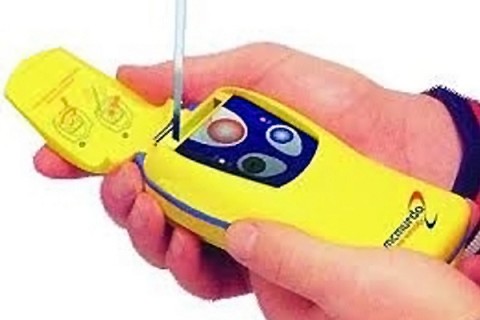MAKE MEMORIES,
NOT THE 6PM NEWS
For anyone heading outdoors, a distress beacon is the lifeline that can summon help to your location in a life-threatening situation.

What is a distress beacon?
A distress beacon is a small, lightweight device. You push a button and it transmits a signal via satellites to tell rescuers you need assistance.
In New Zealand, the Rescue Coordination Centre NZ responds to all distress beacon activations. They work quickly to find out as many details as they can about who set off the distress beacon and promptly send search and rescue teams to assist.
Types of beacons include:
- PLBs - Personal Locator Beacons for use on land and during recreational activities e.g. ACR ResQLink and RescueMe
- EPIRBs - Emergency Position Indicating Radio Beacons for use in boats and commercial vessels
- ELTs - Emergency Locator Transmitters for use in aircraft
- SENDs – Satellite Emergency Notification Devices allow users to send and receive messages e.g. Garmin InReach, SPOT tracker.

Why should you take one?
A distress beacon lets you instantly signal for help and they work almost anywhere in the world. The beacon shows rescuers your approximate location, taking the ‘search’ out of search and rescue. The sooner rescuers can find you, the more likely you are to survive.
Without a distress beacon, you could be waiting for help for several days until someone at home realises you are missing and alerts the emergency services.

Hire or buy
Distress beacons are widely used in New Zealand with over 130,000 in circulation with an estimated 11,000 new beacons purchased in 2020.
Beacons cost between $300-$500 – a small price to pay to save your life.
After purchasing your beacon, you should register it with the Rescue Coordination Centre NZ - it's fast, easy and free. It’s also required by law. Registration provides searchers with essential information that could save your life.
Hiring is an affordable option if you don’t want to buy. There are hire outlets throughout New Zealand.

Call for help early
It’s a personal choice whether to activate a distress beacon. If you or someone else is in a life-threatening situation, set your distress beacon off. Situations can deteriorate rapidly. The sooner you activate it, the faster help can be sent to your location. If you are unsure about when to activate the distress beacon, it is better to activate it and get help!

Distress beacon disposal
Old or obsolete distress beacons need to be disposed of carefully to ensure that they do not get activated accidentally.
There are several ways you can dispose of an old or obsolete beacon:
- Return your distress beacon to the retailer where you purchased it
- Drop it off at your nearest Police station
- Courier it to the Rescue Coordination Centre NZ in Lower Hutt.














